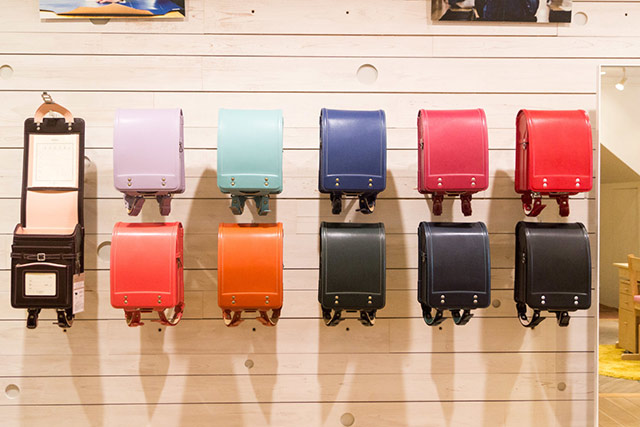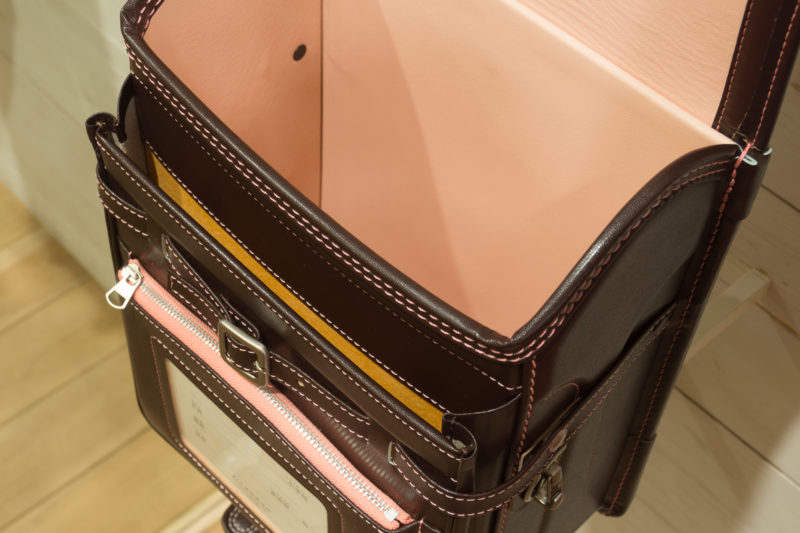
Just before and after school hours you’re sure to notice schoolchildren carrying classically-styled randoseru backpacks, an accessory that has become a tradition.
-
Randoseru? It’s a bit of a strange name, but there’s a strong history that comes with it. Beaming in assorted hues of bright red, blue, pink, green, black and more, these leatherette backpacks are significantly lighter than they appear, and are the most identifiable mark on any child rushing to and from elementary school.
![]()
![]()
The word randoseru was derived from the Dutch ransel backpacks used by children in European schools, and the Imperial Army of Japan adopted this style of backpack as part of the military uniform after the end of the Meiji Period. Today’s school uniforms are strongly influenced by this trend as well, such as the black collared uniforms worn by most junior high school boys, which are adaptations of the Prussian Army’s military uniforms.
![TSUCHIYA-KABAN]()
TSUCHIYA-KABAN
So, what could children stock inside this leather school bag? For most it means schoolbooks, notebooks, a pencil case, watercolor set, perhaps even the uwabaki shoes for wearing inside the school. Kids can also accessorise by hanging items on the sides: kinchaku (small pouches for their lunch mats), taiiku-gi uniforms for exercise classes (usually a set of shorts, shirt, cap, sports shoes and the bag to carry them), and a te-sage handkerchief pouch featuring Pokemon, Hello Kitty, Doraemon or one of an infinite number of characters Japanese children love. Still, the standard randoseru’s design remains simple and free of trivialities.
![TSUCHIYA-KABAN]()
TSUCHIYA-KABAN
Regarded as the symbol of traditional school life in Japan, the black randoseru is traditionally carried by boys, and the red color by girls. However, recently this iconic school bag has created its own fashion with shops offering new colors and designs, and even adult versions for travel or day-to-day use. Due to its distinctive design, tourists are also doing some shopping of their own, but the bags don’t come cheap! Handmade randoseru can easily cost between $500 to $700, which is not a small amount to spend on a six year old. Even so, as randoseru are sturdy and durable, they are expected to last for many years.
![TSUCHIYA-KABAN]()
TSUCHIYA-KABAN
Tsuchiya-Kaban Seizousho, based in Adachi Ward in Tokyo, is still making handmade randoseru after fifty years, and have even opened up their factory space for visitors to see the process. With school bags made of over 100 parts and more than 300 different steps, the staff see this craftsmanship and attention to detail as a team effort. An effort that, once produced, is carried by a young child through the beginning years of their education.
- 株式会社土屋鞄製造所
-
-
- 東京都足立区西新井7-15-5
-
-
-
- 03-5647-5123
-
View All










